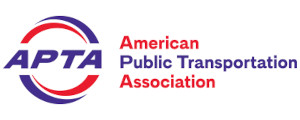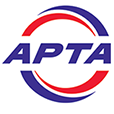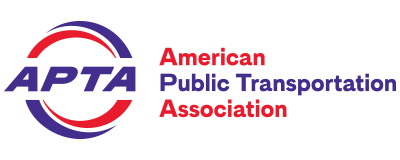In the rolling plains of Southwest Iowa, public transit is doing more than getting people from point A to point B—it’s quietly reshaping access to opportunity. “For many rural residents and businesses, transit is vital to people’s ability to work, earn, and plan for their future,” said Chris Parks with the Southwest Iowa Transit Agency (SWITA). “We’re connecting Iowans to reliable, good-paying jobs, and helping employers keep their operations running strong.”
How It Started and How It’s Growing:
The SWITA “work routes” began in 2012, when SWITA added specialized routes to help Menards, the popular Midwest home improvement retailer, staff its 24/7 distribution center in Shelby, Iowa. Since then, SWITA’s network of work routes has expanded to connect more workers with plants that rely on steady shifts and skilled labor. This includes two major meat processing plants that produce quintessentially American products like hot dogs and bacon – OSI Industries in Oakland and Monogram Foods in Harlan – as well as the manufacturing plant for Carry-On Trailer in Missouri Valley.
Flexible Options to Meet Workers Where They Are:
“There are a variety of reasons why workers might not want to drive themselves to work every day, and having the option to take public transportation is critical,” says Mark Lander, SWITA Transit Director. “It is also important for us to provide flexible and scalable options to best meet our community’s needs.” To this end, SWITA partners with “Commute with Enterprise” to provide a subsidized vanpool service, allowing employees who live near each other to save money by carpooling together in a recent-model van or SUV. These bring rural residents to a variety of jobs – including to the engineering, technician, and security positions at Google’s Data Center in Council Bluffs. SWITA also provides a low-cost taxi service to ensure that residents of rural areas and small towns always have a reliable and affordable ride available. “Recent data shows that one-third of SWITA taxi riders use the service to get to work,” said Lander.
Investments in Economic Growth:
SWITA has been able to stay nimble and responsive to the needs of local employers and their workforce in part because of state and federal funding, which has helped support services, replace buses, and launch work routes, like the OSI route from Atlantic to Oakland. By prioritizing accessibility and fostering partnerships, SWITA is breathing new life into rural economies. Their model offers a glimpse of what’s possible when local innovation and federal investment work together to close the distance between people and opportunity.
With nearly 100,000 workforce transportation rides last year and a growing mix of services, SWITA continues to lead among rural transit agencies. And with back-to-back record-breaking ridership years already behind them, there’s every reason to believe they’re on pace to raise the bar again.



